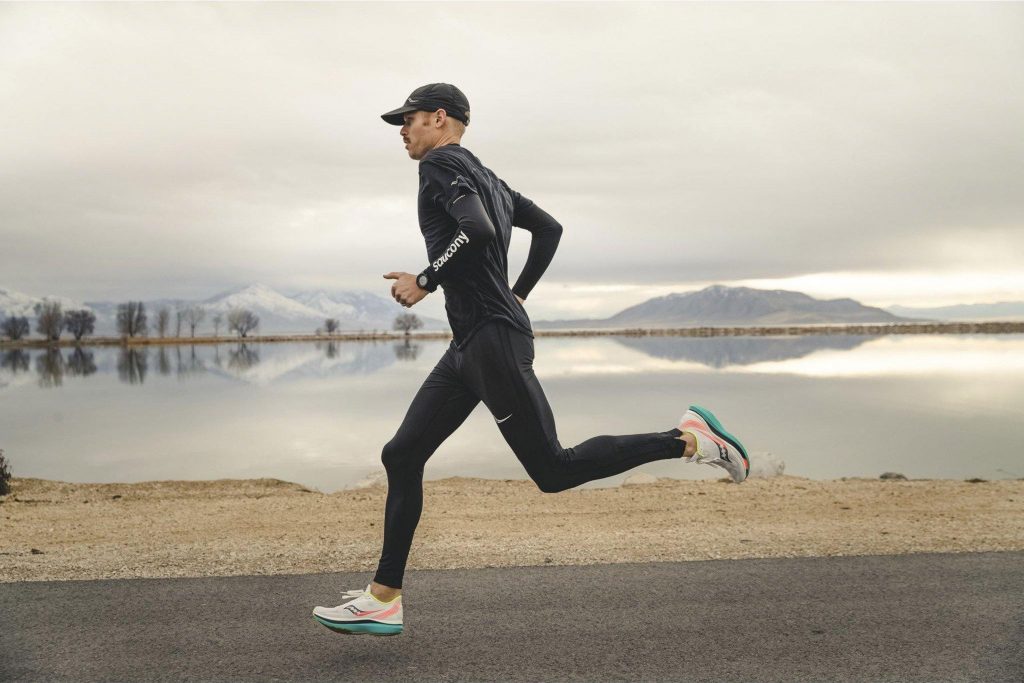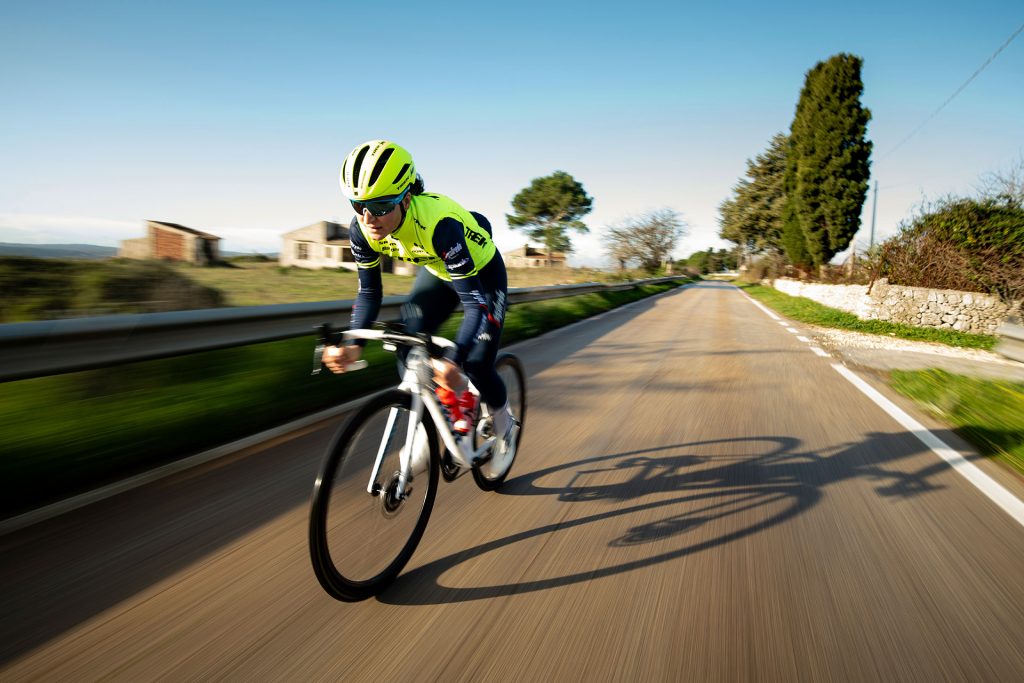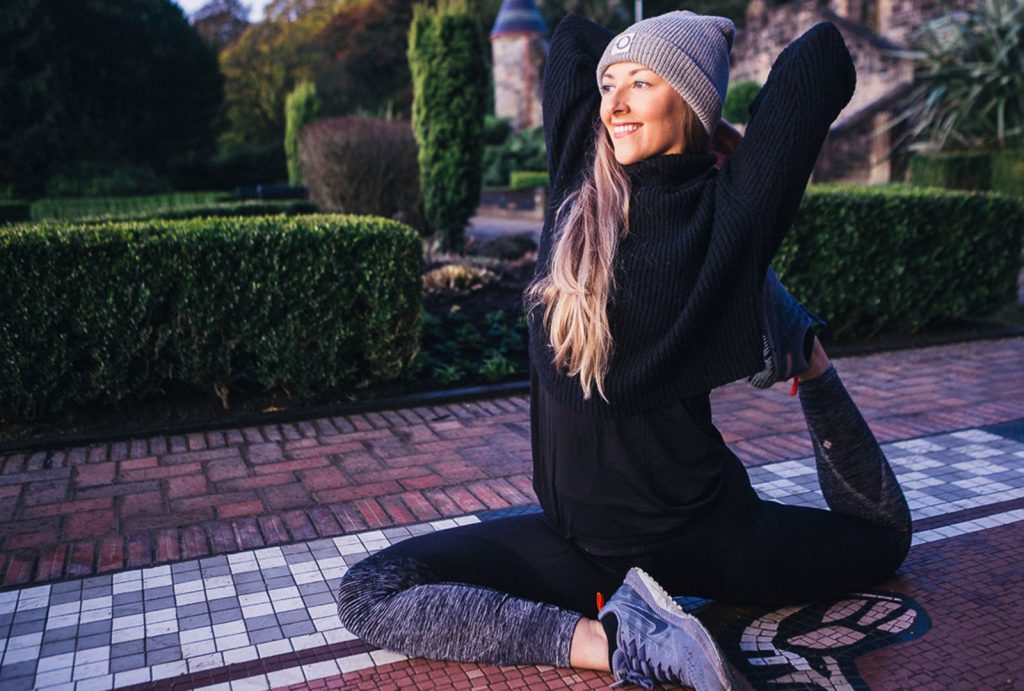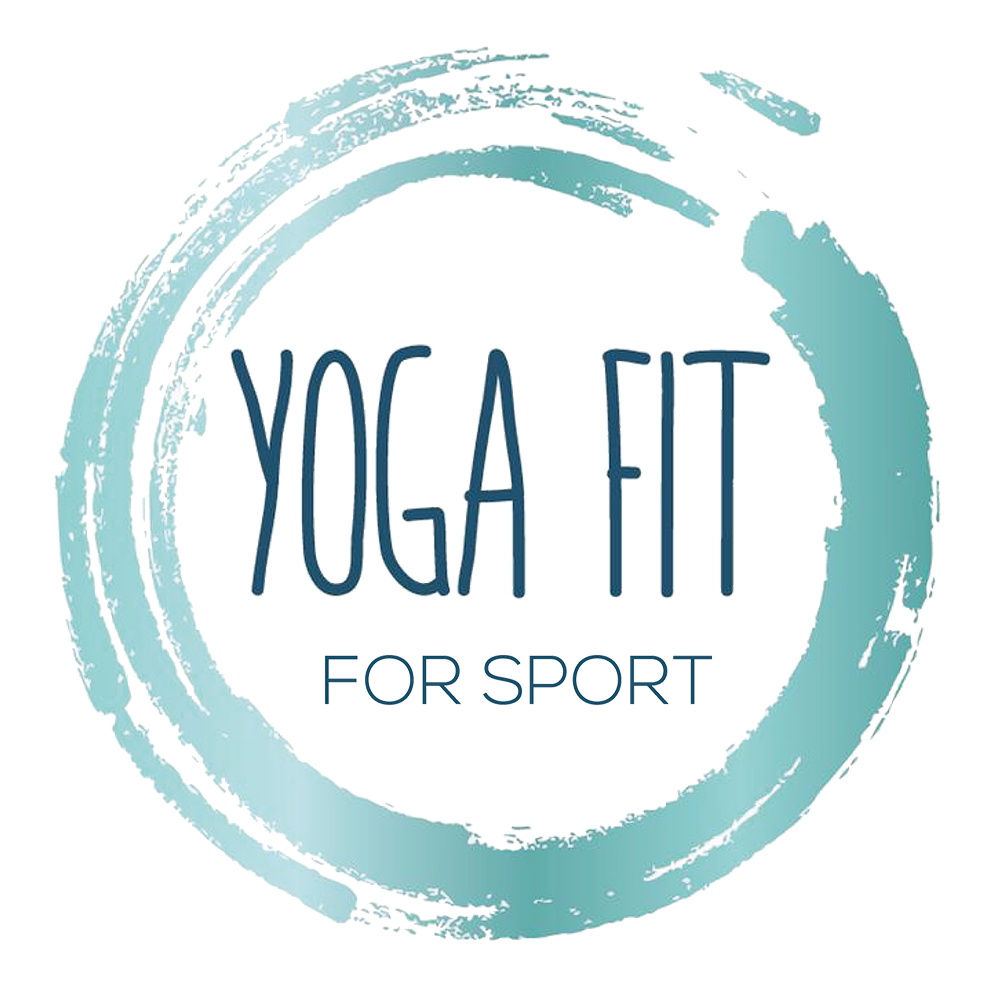Yoga For Sports
When yoga itself
is not enough
To understand the Yoga for Sports method, it’s important to see where an ordinary yoga class has limitations for the athlete’s agenda. Yoga will make you more flexible over time, but being very flexible is often a hindrance in sport. Just loosening everything up in the body can even lead to injury for athletes when they partake in their given sport.
The demands of sport requires strength and stability in certain body parts. Running for example, requires a little tightness and ‘spring’ in the backline. If we consider that going to a yoga class regularly will inevitably improve flexibility in the backline, particularly the hamstrings, then you can see that it doesn’t fit the specific needs of a runner.
It’s essential that the yoga teacher knows the physiology of the sport at hand. They should know what great form is and how to achieve competitive advantage. Discretion must be used, as there are many well-intentioned yoga teachers who will focus on releasing tight areas for athletes. However, the art of yoga for sports, is knowing the optimal amount of flexibility and stiffness, in what particular body part, for great athletic performance.
Yoga often aspires to, or works toward peak poses such as lotus, deep folds or the splits. For almost every sport, these should not be on the athlete’s agenda. Keeping in mind that athletes are competitive people who like to challenge themselves, seeing an option for these in class, will entice some to try it and may lead to injury. A good yoga for sports teacher will know what to take off the table from the outset, so this risk is all but eliminated.
At best, an ordinary yoga class might make you feel good, but it’s unlikely to improve performance in your chosen sport. If improved performance is the goal, then yoga, mobility, breathwork and meditation exercises need to be carefully tailored toward it. This is where the yoga for sports methodology comes in.
Yoga for Sports Methodology
Step 1 – Know the Sport
- Study the biomechanics of the sport. What is happening to the body when performing the sport? What is the Specific Adaptation to Imposed Demand (SAID)?
- Study what makes great form or technique in the sport
- What gives competitive advantage in the sport, both physically and mentally?
- What muscle imbalances and pain points are likely in this sport? What should be counteracted and to what degree? For example, a boxer will have a slightly rounded upper back and will want to keep their strength in this position. So whilst some counteraction may be helpful for daily life, going too far in the opposite direction may not be useful for the sport.
- What injuries are likely in this sport and how can they be mitigated?


Step 2 – Know the Athlete
- Assess the athlete’s lifestyle, their level in their sport, the hours dedicated to it and their goals. A road cyclist who cross-trains with mountain biking will not present the same as one who does only road, or with one who also spends a lot of time sitting at a desk.
- Assess their movement. How is the range of movement across the body? What is weak and what is strong? This can be assessed in a 1-1 class and by watching them perform their sport. Watching someone’s running technique can reveal a lot about what areas need strengthened or mobilised.
- Ask about previous injuries, current pain points and areas they want to work on. No two bodies present the same so we can’t assume that all cyclists or runners will have the same problem. It’s also important not to wholly rely on their response, as some athlete’s are very in tune with their bodies, others simply are not. If they have a physio or coach, working in conjunction with these professionals is also very effective.
Step 3 – Know the Yoga
- Considering the answers of step 1 and 2, design a program that pulls the most suitable practises from yoga, mobility, breathwork and meditation to meet the athlete’s needs.
- Know how to adapt the program. Yoga practise in the off-season may not be the same as on-season. If the athlete has a race or speed session the next day, long holds and static stretching will definitely be off the menu! Post race however, this may hold some value.
- Know what exercises or poses will bring stability to weaker parts and mobility to stiffer parts and to what degree this is needed.
- Consider meditation and breathwork. Visualisation can be used to help an athlete meet their goals. Breath-work can be used to increase Co2 tolerance, tap into the parasympathetic nervous system if recovery is the focus, or even simulate high altitude training.

Benefits of Yoga for Sports
Yoga has an immeasurable list of benefits, but let’s explore what it can do for an athlete in 3 core areas; body, breath and mind.
Yoga has been proven to improve proprioception and balance. Studies have shown a significant reduction in falls in those who practise yoga. Balance is a huge asset in most sports, as is proprioception; awareness of where the body is in space. This not only minimises accidents or injury, but also allows an athlete to consider their form better and feel for when their body is moving inefficiently.
A tailored yoga practise allows us to strengthen what needs strengthened and lengthen what needs lengthened, in order to meet the demands of a particular sport. For example, studies on running have shown that there is an optimal degree of flexibility and stiffness required to maximise running economy. This delicate balance can be effectively achieved through yoga.
Yoga is a useful prehab practise and if performed optimally, can make us anti-fragile. Studies have shown that variability and diversity of movement of a particular joint or muscle reduces the chances of injury. For example, an ankle that is trained and strengthened by balancing on one foot, slack-lining and using a balance beam is far more resilient than one that only runs and is limited in its mobility. Therefore, since the nature of yoga encompasses diverse movement patterns, it can be used as a great prehab tool.
Yoga can also be used to support rehab if required. Working in conjunction with a physio is a great idea, as the rehabilitation exercises can be built into the yoga program over the short, medium and long term (post recovery).
Breath-work has great benefits for athletes. At the most basic level, most people are not breathing correctly. Yoga can train the biomechanics of breath by improving posture, mobility of the thoracic cage and functionality of the respiratory muscles, which will improve the quality of breath.
Biochemistry of breath can also be explored through yoga. Utilising oxygen, carbon dioxide and nitric oxide to the right degree can improve circulation, aerobic capacity, performance and more.
Breath-work such as nasal breathing, breath retention and hypoventilation practises can be used to facilitate optimum oxygen uptake in the blood, which can boost performance. Breath-work practises such as these, also increase an athlete’s tolerance to carbon dioxide. This allows for greater physical exertion for less perceived effort, something all athletes want! These exercises can be used in a similar manner to prepare for, or simulate high altitude training.
We can also use the breath to ramp up the parasympathetic nervous system. This is the optimum state for recovery and boosts the immune system. It is a great skill to learn that an athlete can opt into when needed. The opposite can also be applied by ramping up the sympathetic nervous system when action and focus is needed.
Scientific studies have shown that yoga can change the physiology of our brain; often referred to as neuroplasticity. These studies found that yoga practitioners tend to have a larger amygdala; the part of the brain that helps to regulate emotions. The same was true for the prefrontal cortex, which is core to decision making. An athlete could benefit from this in terms of managing their emotions on race day, or making better decisions during the high pressure environment of a race.
Yoga and meditation are effective tools to quiet the mind. Learning this skill and gaining autonomy over the mind, which may have previously run riot, gives a sense of control over our thoughts and emotions. This agency of self leads to confidence, a necessary attribute for any athlete. Meditation can also allow us to reset the mind if negative chatter creeps in. This ability to flip the script of the mind is an invaluable skill that keeps winners winning, even when they are thrown curveballs.
A core principle of Ashtanga yoga is Tapas; derived from the Sanskrit ‘to burn’. It’s about having courage to face the discomfort that inevitably comes with self improvement. Athletes also have to suffer, it’s part of the game. A win or loss can be down to who is willing to suffer more. It makes sense therefore, to train this resiliency of spirit at the innermost part of the being, through yoga. Simultaneously, yoga also encourages us to accept our current state, what we can or can’t do, with complete kindness to ourselves. This supports an athlete’s mental health and their ability to cope when things don’t go to plan.
Flow state can be described as a place of optimum performance, where everything else is quietened, except intense but somewhat relaxed or surrendered focus on the task at hand. Flow state principles can be trained very effectively through yoga. The more familiar athletes are with it and how to get into it, the more successfully they can apply it in sport.
Summary
There are many benefits of yoga that are low hanging fruit for an athlete. The breathing function can be improved, athlete’s can learn the skill of meditation to better manage race day emotions, or relax deeply to maximise recovery. With careful consideration of the sport at hand, performance can also be improved through the physical application of yoga and mobility.
On a personal note, I truly believe this is the next big thing in sport. I think the future for sports teams will inevitably involve yoga, mobility, breathwork and meditation. The same way that a massage therapist is part of the team, so too will a yoga professional. In a world where competition is ever increasing and the smallest of margins means the difference in a win or a loss, there is no doubt that this area will soon be the norm as a means to achieve competitive advantage.

